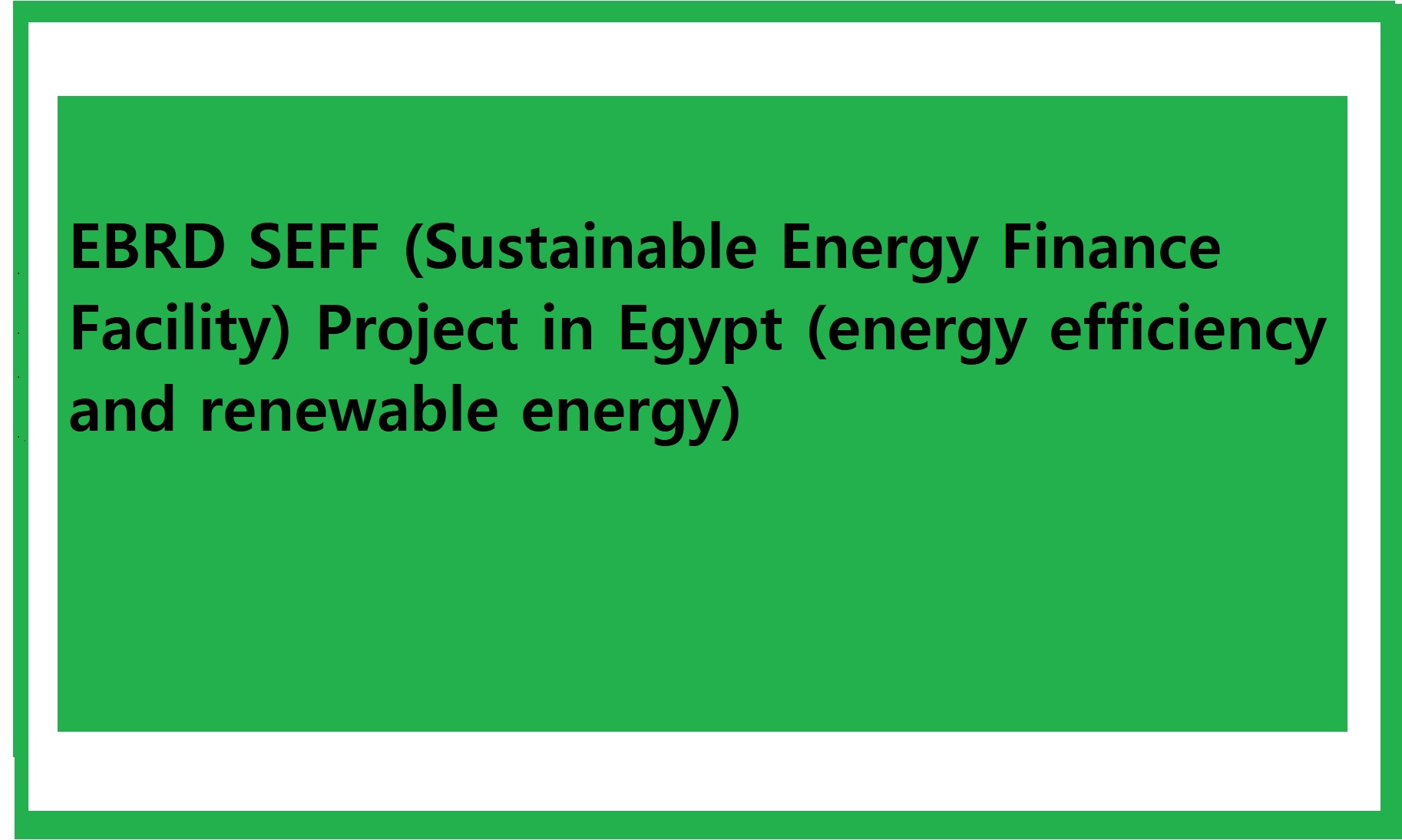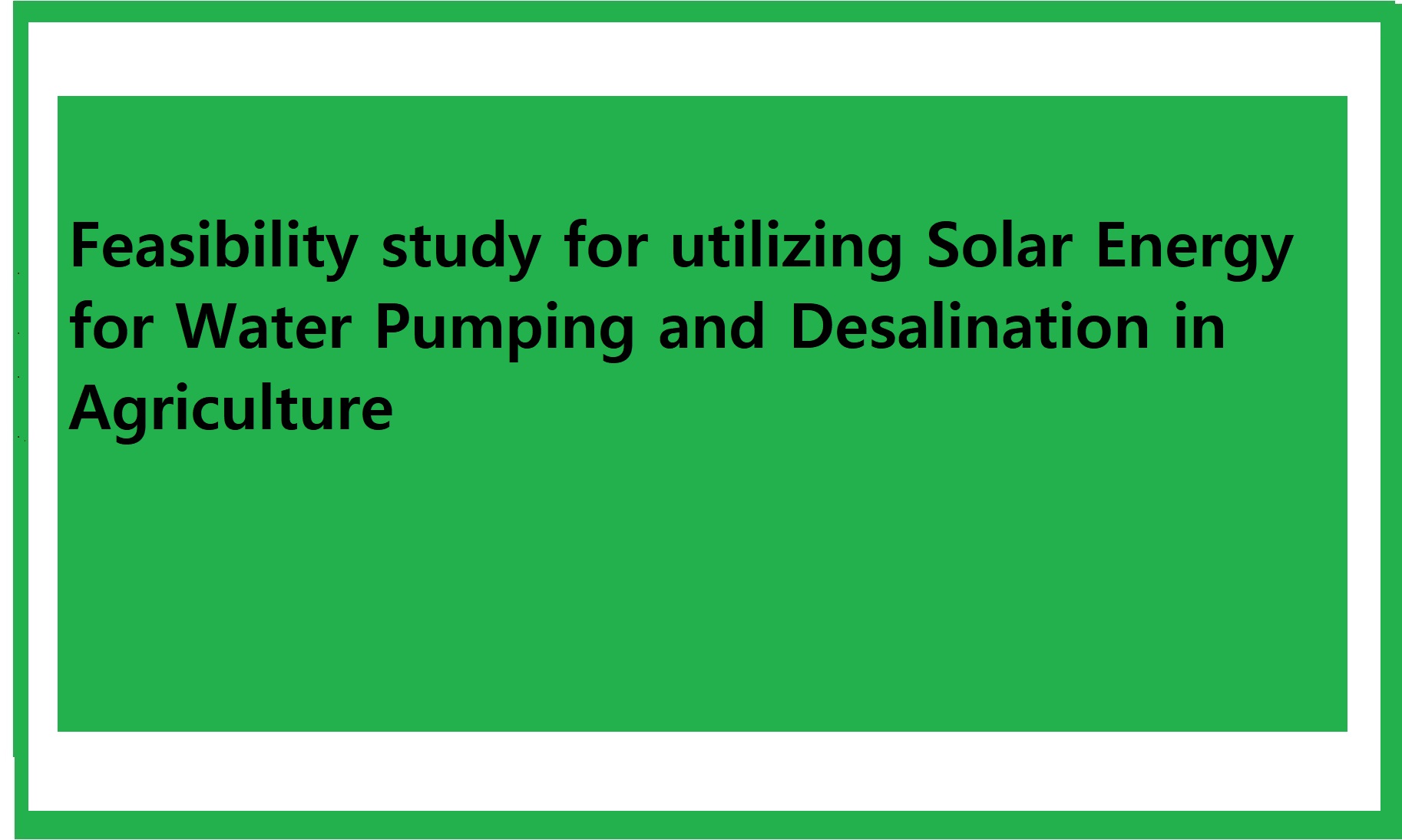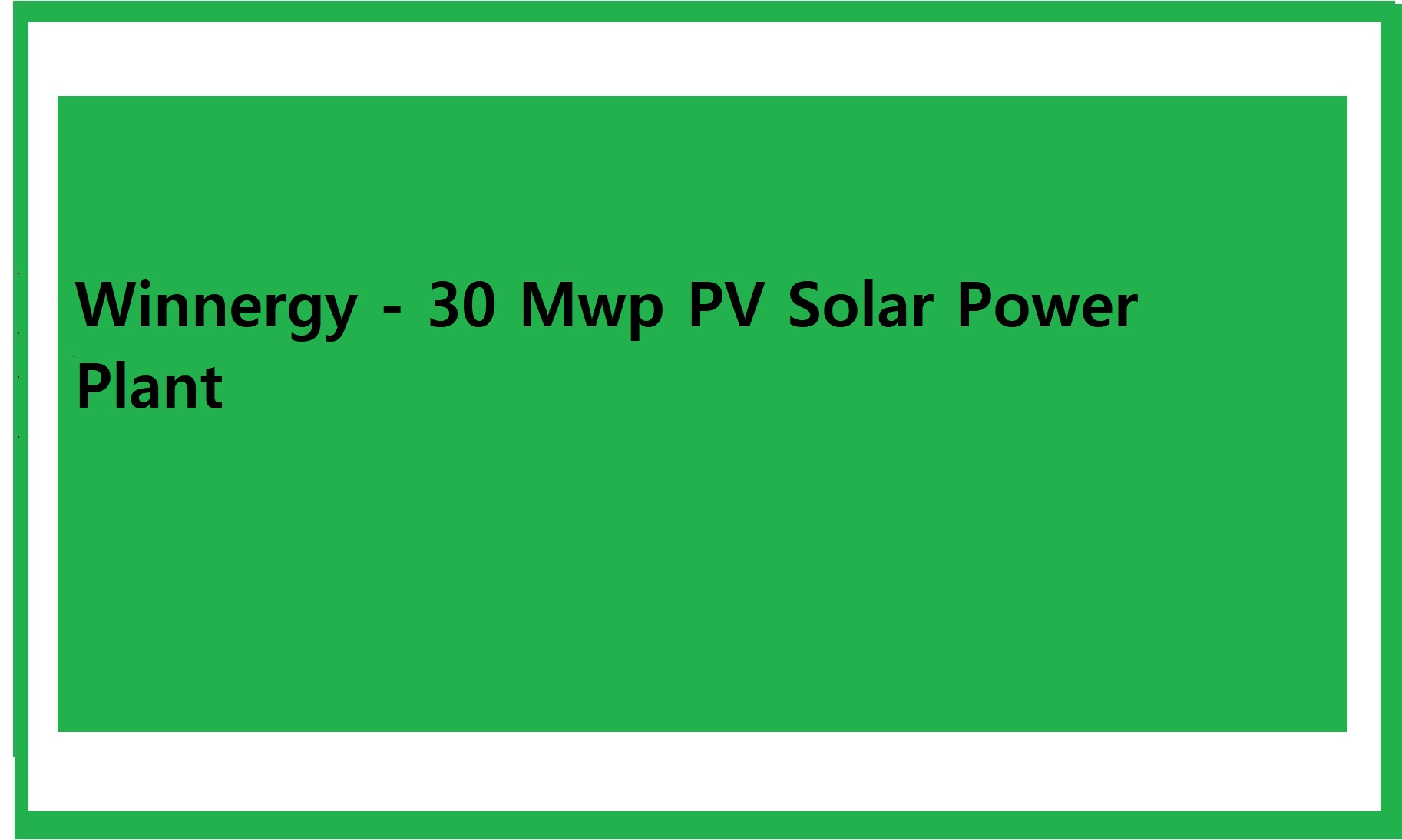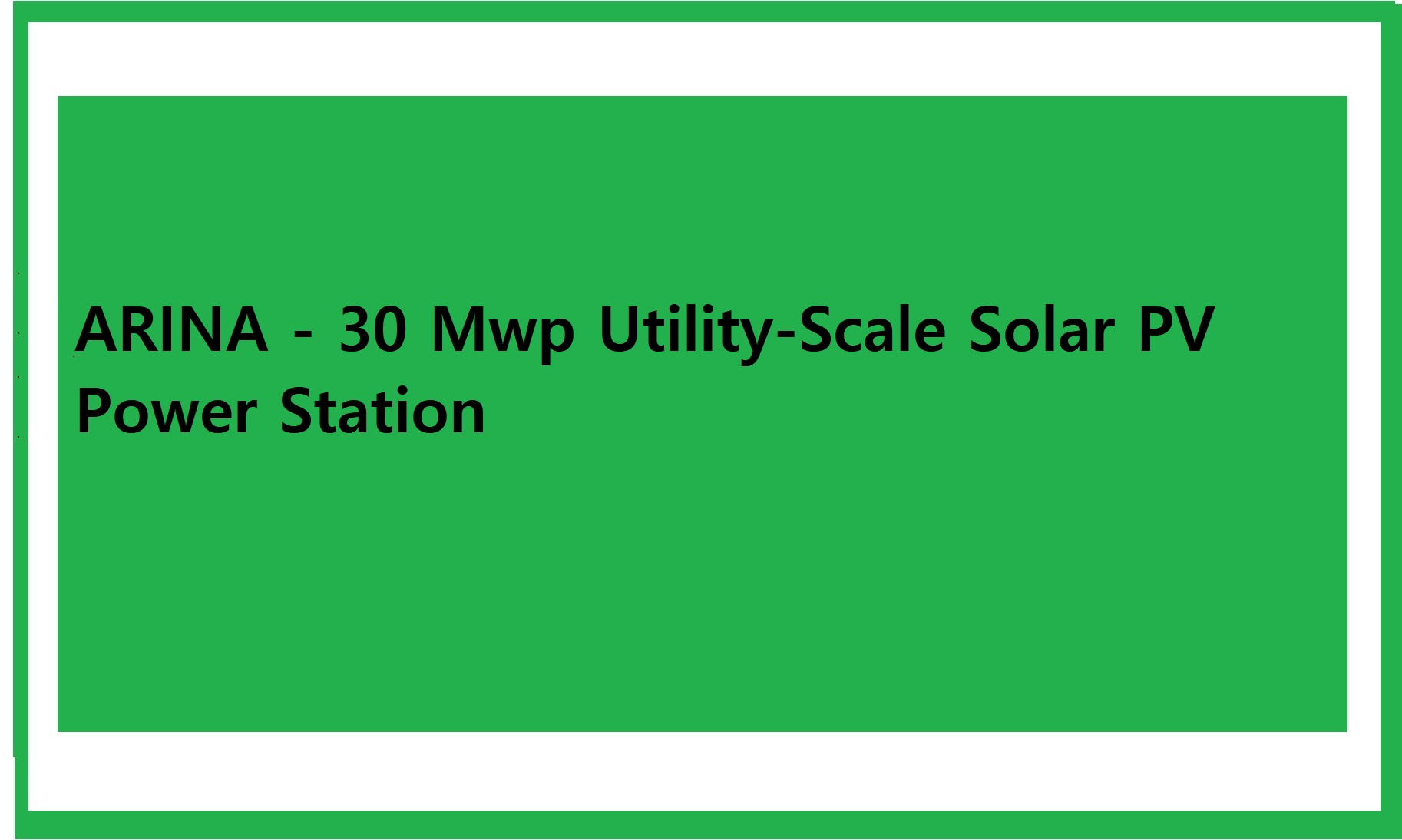
Overview
Three-year
hourly field data (based on 2 seconds sampling rate) for eight installed systems in
Discussion
For a
particular system, the following may influence the PV array power of the system
and thus the performance point values: (i) increasing ambient temperature
decreases PV output power: for two measurements of similar insolations but
different ambient temperatures, PV output powers will be different and thus
input powers to the pump are different. Thus, at higher temperatures higher
insolation is needed to deliver a certain amount of PV power, (ii) dust
accumulated on the surface of the PV array adversely affects its performance:
more dust means less power output and thus more insolation is needed to give a certain amount of PV power and (iii) increasing wind speed causes a cooling
effect on the PV array thus increasing PV power output. So, even at the same
insolation and ambient temperature but different wind speeds, PV power may be
different.
For
different systems there are other factors, in addition to those mentioned
above, which affect the determination of the performance points such as: (i) PV
array size: a system may reach its maximum capacity and its maximum efficiency
at very low insolation if the PV array is too large. Conversely, a system of
small PV array size requires high insolation to reach maximum capacity and
efficiency, (ii) inclination angle of the PV array: two systems installed in
the same location but with different tilt angles may have different insolation
reaching the surface of the PV array and thus may produce different powers,
(iii) pumping head: two systems of identical components but different pumping
heads may require different powers and thus different insolation to start water
pumping and to reach maximum subsystem or system efficiencies, (iv) the type of
PV module: efficiency of PV modules varies with type and manufacturer, (v) the arrangement of PV modules in the
string: (vi) the components efficiencies especially at part load, (vii) type of
inverter: different types of tracking inverters may have different power
outputs, (viii) matching between components: mismatch of system components reduces
PV array power and (ix) matching between the pump characteristics and the well
system characteristics: a good match
increases pump’s efficiency and thus decreases PV power value for a particular
water output.
Concerning the developed performance points, designers should follow a careful design and
optimization process in determining insolation points I1, I2,
I3 and I4. In some cases, decreasing I1
reduces the unused threshold energy which positively affects the daily system
performance. However, in most cases decreasing I1 may decrease I2
thus increasing the unused amount of energy at high insolation. Moreover, the
effect of solar energy on system performance is different at low and high
insolation levels. System efficiency at high insolation is higher than that at
low insolation.
The
differing performance characteristics of the systems show that there is a real
need for a validated technical model that can be used as guidelines for system
sizing and optimization process and an economic model is also needed to
determine the techno-economic optimum configurations.






